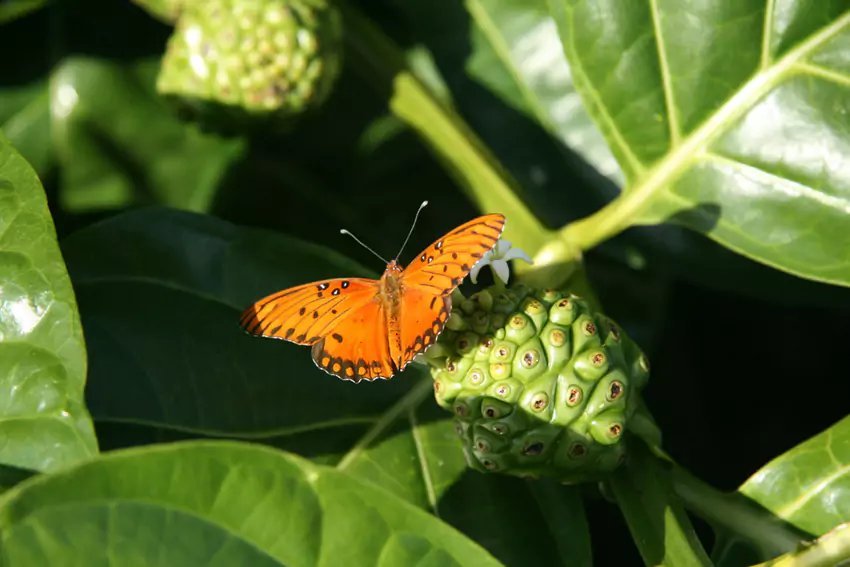Noni Tree

Noni Tree Overview
Commonly known as Indian mulberry, the noni tree was brought to Hawaii by the early Hawaiians. They treasured the fruit for its many uses, including the treatment of common ailments, such as wounds and pain.
They also extracted dyes for their kapa clothes from the tree, red from the bark and yellow from the tree's trunk and roots. Today, noni is sold as a nutritional supplement in many health food stores.
The noni fruit emits a stinky odor and many people don't like the fruit's taste. It takes some getting used to. Alternatively, one can mix a small amount of noni juice with another sweeter fruit juice or eat noni fruit leather, which is also more palatable.
Frequently Asked Questions
What is noni used for in traditional Hawaiian medicine?
Ancient Hawaiians used noni to treat wounds, infections and pain. It was a staple plant in traditional healing practices (la'au lapa'au).
Did Hawaiians use noni for anything besides medicine?
Yes, red dye was extracted from the bark and yellow dye from the roots and trunk to color kapa cloth.
Why does noni fruit smell so bad?
Noni has a strong, cheese-like odor due to its natural fermentation process. Many people find the taste and smell unpleasant.
Can noni be consumed more easily?
Yes, noni is often blended with sweeter juices or dried into fruit leather to make it more palatable while preserving its nutrients.
Where did the noni tree originate?
Noni is native to Southeast Asia and the Pacific. It was brought to Hawaii by Polynesian voyagers and naturalized across the islands.








